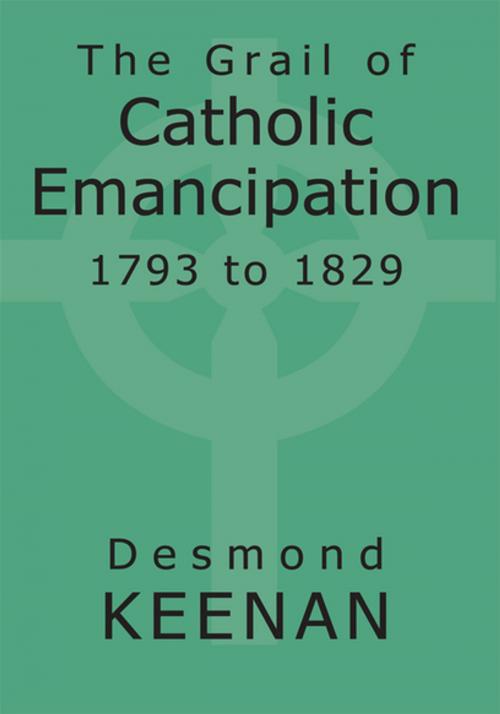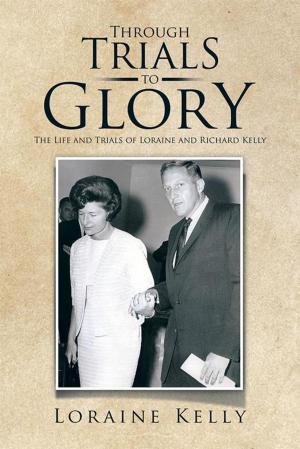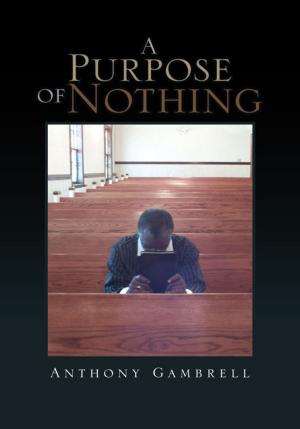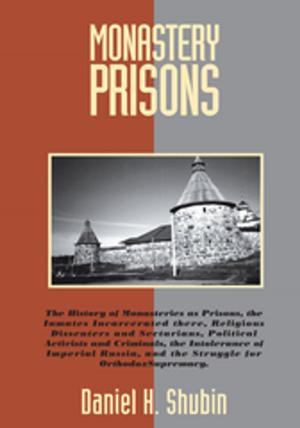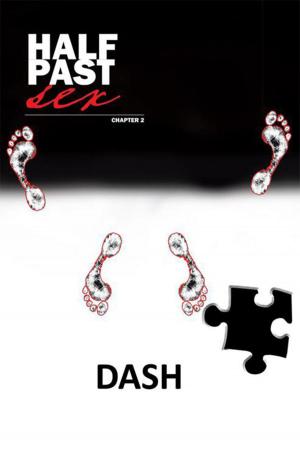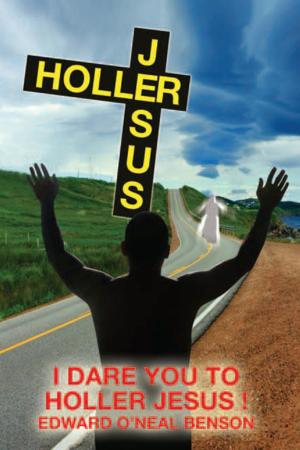| Author: | Desmond Keenan | ISBN: | 9781465318688 |
| Publisher: | Xlibris US | Publication: | November 12, 2002 |
| Imprint: | Xlibris US | Language: | English |
| Author: | Desmond Keenan |
| ISBN: | 9781465318688 |
| Publisher: | Xlibris US |
| Publication: | November 12, 2002 |
| Imprint: | Xlibris US |
| Language: | English |
Anyone studying or teaching Irish history, or who likely to be involved in discussions on the subject, should first get the facts straight. It is my aim to provide, as far as possible, the truth, the whole truth, and nothing but the truth, about one particular period.
This book is an addition to my other books Pre-Famine Ireland: Social Structure and Ireland 1800 to 1850. When writing these books I accumulated such a vast quantity of material, often from untouched sources and put it in these two volumes, one dealing with the history of the period and the other dealing with the social and economic aspects of the country at the time. But there was another story which emerged from the newspapers of the time and that was the struggle for Catholic Emancipation between the Catholic Relief Acts of 1793 and 1829.
Invariably, in the post-Reformation period in Europe and in the European colonies laws were passed to enforce the religion of the state, and to extirpate if possible dissenting views. To a greater or lesser extent, the religious dissidents were excluded from all offices of state, all positions of importance in the armed forces, from all offices in towns and counties. In some places, though not in all, the very practice of the religion was prohibited. This was the case in England, though not in Ireland. The dissident religion could be attacked in a different way, namely by prohibiting endowments to be made for its institutions. So, for example, Catholic schools could not be endowed. Above all, laws concerning succession to real property or estate could be made to benefit those conforming to the states religion. Though this book is dealing with the repeal of laws against Catholics in a Protestant country, it should be remembered that there was nothing in Ireland comparable to the Inquisition in Spain or the revocation of the Edict of Nantes in France. The policies of the mother country were faithfully followed in their colonies, both in North and South America.
In the course of the eighteenth century, the old intolerance began to decline, and many of the laws against religion were relaxed or abolished. In Ireland, by 1793, most of the laws concerning the practice of religion and the tenure of land had been removed. But they were still excluded from the major offices of state, from the Established Churches, from the higher ranks in the armed forces, from the higher positions in the law courts, from the executive positions in towns and counties, and above all from Parliament. When the Catholic Relief Act was passed in 1793, many thought that it would be only a few years until the remaining disabilities were removed. But the next Relief Act was not passed until 1829. This book describes the twists and turns of the story of the Grail, the object of an extended or difficult quest, with all its ups and downs, and twists and turns, its successes and its reverses. This story is not the simplified one of Irish Catholic nationalist mythology showing Daniel OConnell, aided only by the priests, overthrowing the so-called Protestant Ascendancy in Ireland. Indeed this book raises questions whether OConnells incessant interventions did more harm than good, and whether emancipation would have been granted more speedily if he had not tried to help. But it does throw an interesting light on the character of OConnell himself, who was, for good or evil, one of the outstanding characters in Ireland in the first half of the nineteenth century.
Of the secondary characters who played their role in this struggle the first mention must go to Sir Edward Bellew. He was just an ordinary country gentleman, never a leader, but he played his part from the start to almost the end. He was noted for his good judgement and moderation, and was never driven away by the abuse heaped on him by the more unruly elements. The part played by Edward Hay who did his best to serve the fractious Catholic leaders should not be forgotte
Anyone studying or teaching Irish history, or who likely to be involved in discussions on the subject, should first get the facts straight. It is my aim to provide, as far as possible, the truth, the whole truth, and nothing but the truth, about one particular period.
This book is an addition to my other books Pre-Famine Ireland: Social Structure and Ireland 1800 to 1850. When writing these books I accumulated such a vast quantity of material, often from untouched sources and put it in these two volumes, one dealing with the history of the period and the other dealing with the social and economic aspects of the country at the time. But there was another story which emerged from the newspapers of the time and that was the struggle for Catholic Emancipation between the Catholic Relief Acts of 1793 and 1829.
Invariably, in the post-Reformation period in Europe and in the European colonies laws were passed to enforce the religion of the state, and to extirpate if possible dissenting views. To a greater or lesser extent, the religious dissidents were excluded from all offices of state, all positions of importance in the armed forces, from all offices in towns and counties. In some places, though not in all, the very practice of the religion was prohibited. This was the case in England, though not in Ireland. The dissident religion could be attacked in a different way, namely by prohibiting endowments to be made for its institutions. So, for example, Catholic schools could not be endowed. Above all, laws concerning succession to real property or estate could be made to benefit those conforming to the states religion. Though this book is dealing with the repeal of laws against Catholics in a Protestant country, it should be remembered that there was nothing in Ireland comparable to the Inquisition in Spain or the revocation of the Edict of Nantes in France. The policies of the mother country were faithfully followed in their colonies, both in North and South America.
In the course of the eighteenth century, the old intolerance began to decline, and many of the laws against religion were relaxed or abolished. In Ireland, by 1793, most of the laws concerning the practice of religion and the tenure of land had been removed. But they were still excluded from the major offices of state, from the Established Churches, from the higher ranks in the armed forces, from the higher positions in the law courts, from the executive positions in towns and counties, and above all from Parliament. When the Catholic Relief Act was passed in 1793, many thought that it would be only a few years until the remaining disabilities were removed. But the next Relief Act was not passed until 1829. This book describes the twists and turns of the story of the Grail, the object of an extended or difficult quest, with all its ups and downs, and twists and turns, its successes and its reverses. This story is not the simplified one of Irish Catholic nationalist mythology showing Daniel OConnell, aided only by the priests, overthrowing the so-called Protestant Ascendancy in Ireland. Indeed this book raises questions whether OConnells incessant interventions did more harm than good, and whether emancipation would have been granted more speedily if he had not tried to help. But it does throw an interesting light on the character of OConnell himself, who was, for good or evil, one of the outstanding characters in Ireland in the first half of the nineteenth century.
Of the secondary characters who played their role in this struggle the first mention must go to Sir Edward Bellew. He was just an ordinary country gentleman, never a leader, but he played his part from the start to almost the end. He was noted for his good judgement and moderation, and was never driven away by the abuse heaped on him by the more unruly elements. The part played by Edward Hay who did his best to serve the fractious Catholic leaders should not be forgotte
